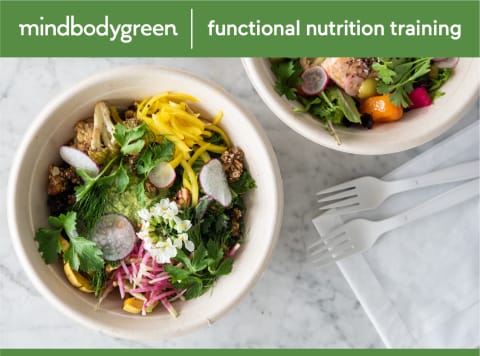The termAyurvedatranslates to “the science of life.”
It is also the only way I know how to live.
But that is far from what the diet really is.

What is the Ayurvedic diet?
The Ayurvedic diet is based on principles rather than prescriptions.
What are the benefits?

The Ayurvedic diet is simple yet powerful.
After all, you are not what you eat.
You are only what you’re able to digest.
You are not what you eat.
You are only what you could digest.
Instead, the inclusion of all six tastes makes meals appetizing and balanced in Ayurveda.
They are building blocks.
That is exactly what sour foods do; releasedigestive enzymesand build an appetite.
It has a scraping effect and prevents foods from sticking to the digestive lining, according to Ayurvedic principles.
However, excessive salt can interfere with the body’s water content.
Ayurveda recommends Himalayan salt as its negative effects are thought to be milder.
Spices are the most recommended pungent foods.
Excessive pungent foods eaten without other balancing tastes can damage the mucosal lining.
This is the reason thatturmericis traditionally never consumed by itself.
Digestion can be an aggressive and slimy process.
Bitter foods cool everything down and dry up excessive slime, bringing the gut back to equilibrium.
Certain astringent foods also dry up digestive enzymes and serve as a signal to stop eating.
Astringent foods should always be consumed with other tastes to prevent them from drying out the mucosal lining.
Eat warm foods.
Everywhere in the universewhether it is cooking, photosynthesis, or digestiontransformation requires heat.
The digestive environment (agni), therefore, is a warm environment that supports the breakdown of foods.
Protecting agni is protecting life, and cold foods and liquids can dwindle this agni.
To keep the agni active, all foods should be consumed warm.
Cook your food.
Ayurveda advocates consuming only cooked foods.
Raw foods require a more significant breakdown process, increasing the load on the agni.
This is thought to create dysfunction in the gut over the long term.
Fruits are an exception to this rule as they are precooked by the sun.
Eat fresh foods.
While a “farm-to-table” approach is highly recommended, it is not always possible in this era.
The second best option is “stove-to-table.”
Once kept overnight, they are considered stale.
Similarly, refrigeration of cooked foods, especially overnight, is not recommended.
In Ayurveda, refrigeration destroys theprana(life force) in food, making it less supportive.
Align your meals with your circadian rhythm.
As the sun sets in the evening, the agni begins to dwindle rapidly.
Dinner is therefore meant to be the simplest and lightest meal of the day.
Use spices and good fats to stimulate digestion.
Eat with your mind and body engrossed in the meal.
Ayurveda advocates that one must not only consume for their body but also engage their mind during consumption.
Your body takes cues from the nervous system to determine the release of neurotransmitters and enzymes.
If you see a tiger, the body will receive the cue to run andrelease glucose and adrenaline.
Tweaking your foods for your dosha.
There are three primary doshas.
(This quiz can help you uncover yours.)
Kapha: The building dosha.
Everything that supports building and preservation in the body is a kapha function.
Lighter foods like millet, oatmeal, barley, and leafy greens.
Avoid eating:Too many fruits, smoothies, shakes, or dairy.
Avoid cold food and excessive fats.
Tips & tricks for kaphas:
Pitta: The transforming dosha.
Everything thatsupports metabolismand transformation in the body is a pitta function.
Avoid eating:Spicy, fried, fermented, stale food, and junk foods.
Tips & tricks for pittas:
Vata: The dosha that moves and eliminates.
That which supports all movement and elimination in the body is governed by vata dosha.
Avoid eating:Raw, very light foods, or diet foods like popcorn.
Tips & tricks for vatas:
Sample Ayurvedic menu.
Pitta modifications:Double down on good fat and reduce spices.
Vata modifications:Chew slowly, and include a moderate quantity of ghee and spices.
Pitta modifications:Sit in a cool place and ensure you include plenty of good fats.
Vata modifications:Sit quietly without distraction.
Drink ginger tea with meals.
Pitta modifications:Avoid all spicy foods at this hour.
If not hungry, skip dinner and drink a cup of warm milk with licorice or cardamom.
Vata modifications:Eat a moderate amount.
Sit cross-legged if you might.
The takeaway.
Ayurvedic food principles are time-tested and logical.Ayurveda enables one to move away from health-related fearand toward freedom and empowerment.